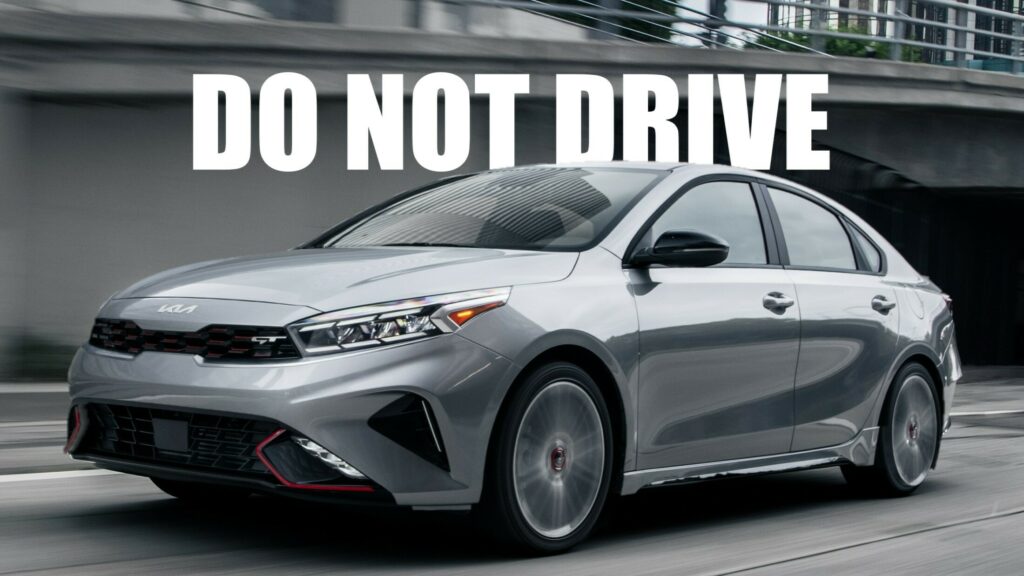- The welds on certain lower control arms supplied to Kia for the 2023 Forte may have been welded improperly.
- As a result, the component can fatigue prematurely, potentially causing steering issues.
- Kia is asking drivers of 215 Fortes from the 2023 model year not to drive their vehicles until the lower control arm can be replaced, free of charge.
The 2023 Kia Forte is facing a serious safety concern due to a faulty batch of control arms. Following a supplier error, approximately 215 owners have been issued a “do not drive” order. This precautionary measure comes in response to the potential premature wear of the suspension component, significantly heightening the risk of accidents.
The affected vehicles were built between April 12 and May 8, 2023. The Fortes were equipped with front right lower control arms whose joint connection points to the cross member may have been improperly welded.
More: 427,000 Kia Tellurides Are At Risk Of Rolling Away In Park
As a result of that manufacturing error, the joint can fatigue and, over time, break, causing partial separation from the vehicle. If that happens, the Forte’s front toe angle could change unexpectedly, impacting how it steers, and increasing the risk of a crash.
Fortunately, Kia is only aware of this occurring in one vehicle. It learned about the incident on January 29, 2024, and the driver said that their suspension failed after they hit a pothole. Fortunately, no one was hurt, and the automaker is not aware of any crashes or injuries resulting from this problem.

However, in its investigation, Kia determined that additional Fortes were equipped with lower control arms from the bad batch, and that 1 percent of them may fail. As a result, it will reach out to owners starting on April 17, and will tell them not to drive their vehicles.
They will be asked to make arrangements with Kia Roadside Assistance to have their vehicles towed to a nearby dealership. There, dealer technicians will be instructed to replace the lower control arms in all affected vehicles. The replacement parts will have properly welded joints, and all repairs will be completed free of charge.
Owners who would like to know if their vehicle is involved in this recall before April 17 can check using their VIN using the National Highway Traffic Safety Administration’s website.





